On the trail of wandering elephants in Yunnan
Editor's note:
For months, a herd of wild Asian elephants have wandered northbound from south Yunnan’s Xishuangbanna all the way to central Yunnan’s Kunming city, with their migrating routes covering substantial parts of the province. Wherever the elephants went, locals in Yunnan have tried varied ways to ensure the safety of man and elephants, including drone monitoring, food baiting and barrier erection. So far, no one has been injured in the area frequented by the elephants, while those whose properties were damaged by the giants will be compensated accordingly.
The fact that no one has been injured in the long-distance migration of elephants showed Yunnan’s effort and achievement in protecting the wild animals. In the days to come, the province will keep a close eye on activities of the giants, in a bid to ensure the future safety of folks and elephants.

On the trail of wandering elephants in Yunnan
Over the past three months, a long-distance migration by wild elephants in Yunnan has drawn worldwide attention, presenting an unprecedented scene of elephant watching. Why have the giants kicked off their odyssey? How can man get along with the elephants? How should we house the wandering herd in the future? With these questions, the reporters interviewed local authorities, experts and folks.
Northbound journey covers half of Yunnan
The Asian elephant is the largest land vertebrate in Asia, with its Chinese population mainly inhabiting the Yunnan localities of Pu’er, Xishuangbanna and Lincang. The long-distance migration of the elephant herd dates back to December 2020, when the nose-broken family kicked off the “unplanned” journey from their home reserve in south Yunnan’s Xishuangbanna prefecture.
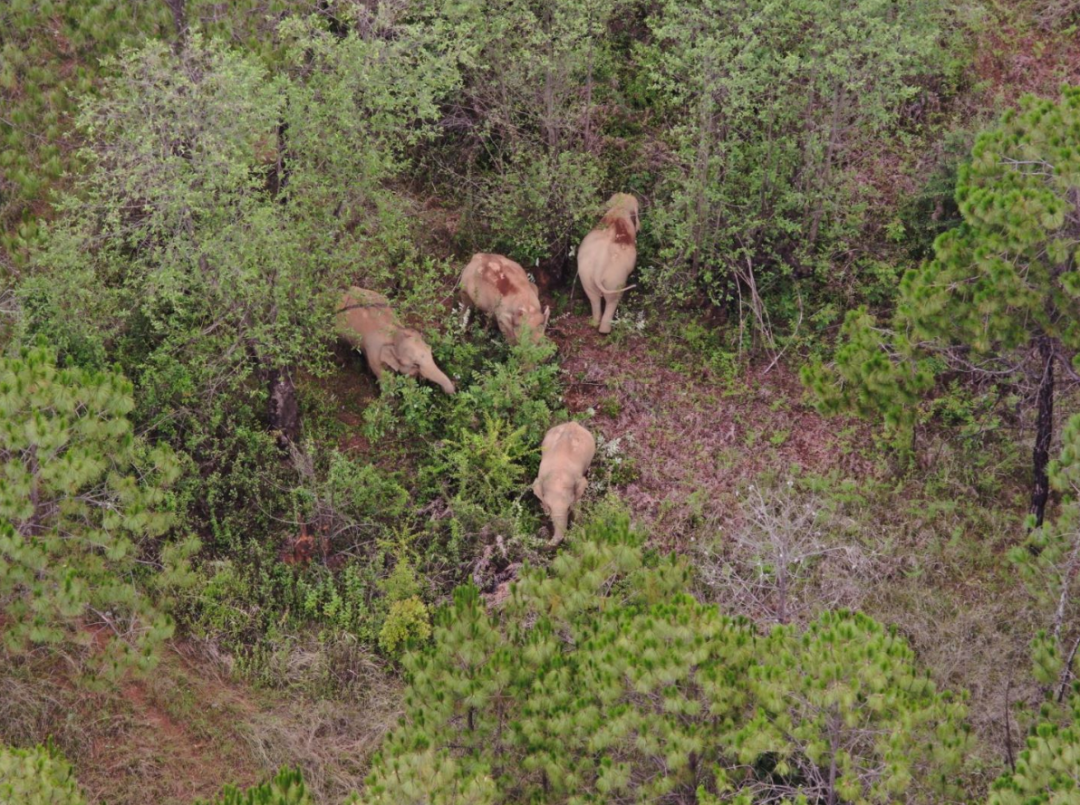
According to the provincial headquarters in charge of monitoring the herd’s migration, the elephants started their journey from Xishuangbanna, and their migration route has covered almost half of Yunnan province.
In early July, the elephants were rambling in central Yunnan’s Yuxi City. “Both Asian elephants and African elephants migrate or roam at times, for the activities help them identify new foraging places, carry out gene flow among populations, and survive in the changing environment,” said Chen Fei, director of the National Forestry and Grassland Administration's Asian Elephant Research Center. These elephants are generally located in the Mengyang zone of the Xishuangbanna national nature reserve, Chen added, but wild animals may not recognize the protection zone borders drawn by humans.
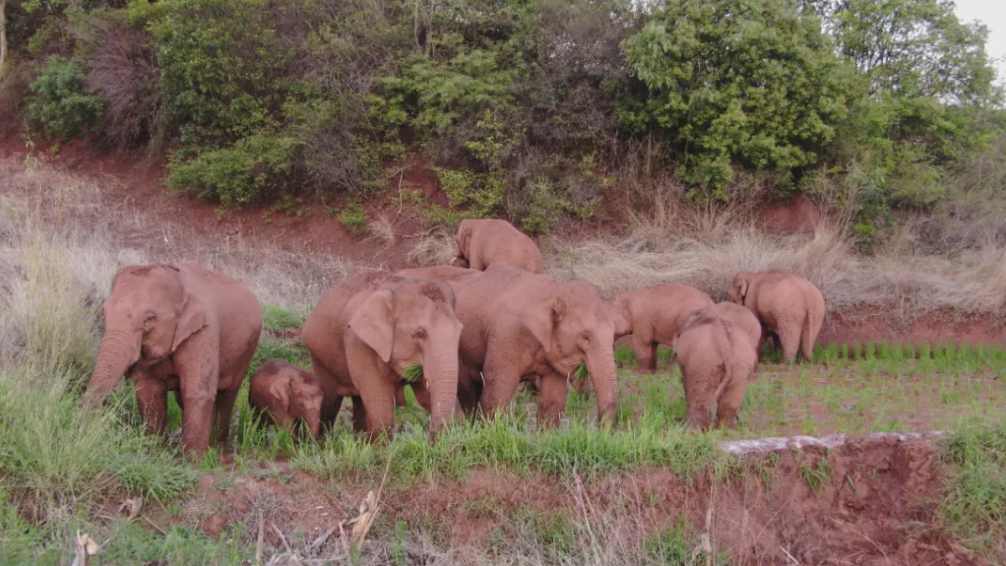
“Data showed the Asian elephant population in the area has been on the rise.” Chen said that as the population kept on growing, the herds would naturally expand their habitats. Since they are put under A-level state protection in China, the elephants can easily get tasty food of sugar canes and corns without being threatened by locals. They are free to wander in the forests or on the farmland.
Roaming giants escorted by locals
The long journey of the elephant herd is like a window of wisdom that shed light on how humans can possibly get along well with wild animals.
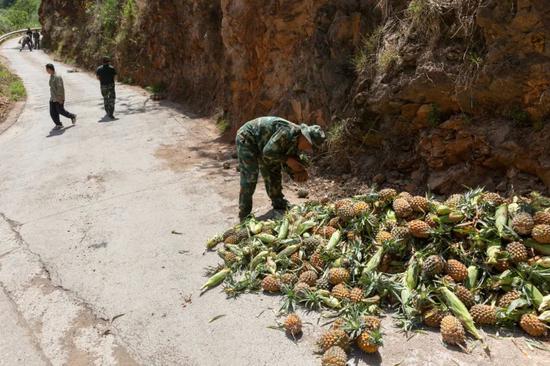
In this, Yunnan locals tried various measures to insure the safety of humans and elephants. Some deployed the unmanned aerial vehicles (UAVs) to monitor their whereabouts in real time; some provided the giants with food baits such as bananas, corns and pineapples, in a bid to prevent the beasts from entering the densely populated areas; others even blocked the major roads with truck barriers so that the herd could roam in the woods and stay away from humans. Whenever the herd was approaching a village or town, the monitors and fire fighters would send timely warnings to the public, evacuating them if necessary. Chen Fei said that no one has been injured in the area frequented by the elephants, while those whose properties were damaged by the giants will be compensated accordingly.
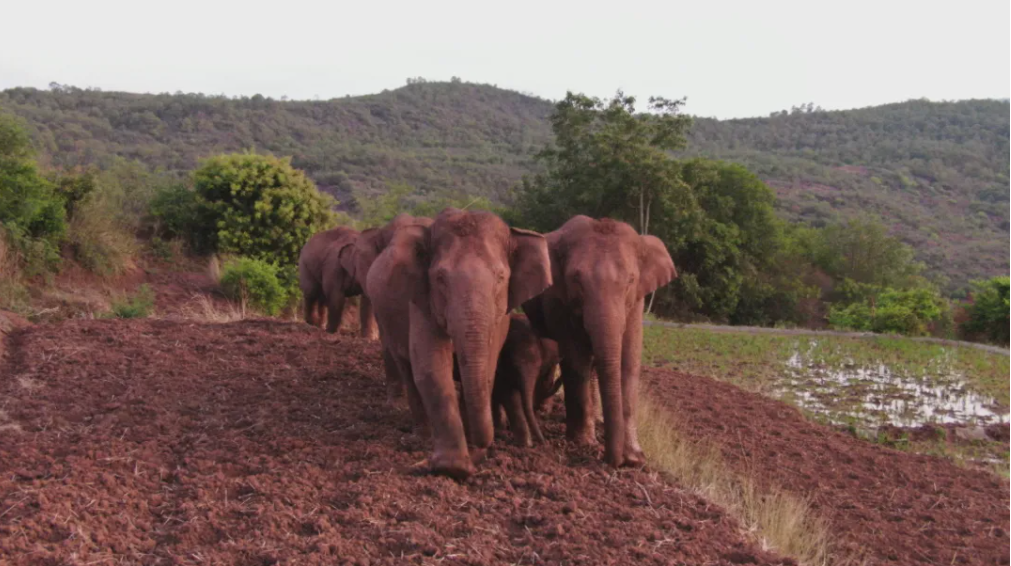
All the way, folks in Yunnan showed great care and love to the herd. “I’ve never seen the wild giants in person, and neither has my father or grandfather. So we villagers were really excited at the news about the approaching elephants,” said Tang Zhengfang, a villager from the Xiyang Yi autonomous township of Jinning District, Kunming. Tang added that he was so worried about the hungry herd that he hoped to denote his own corn to the elephants. For this purpose, Tang called the township government, and an expert from the monitoring headquarters soon reached his home to examine the corn, which was later accepted and used as bait. “I hope they could have enough to eat and return home safe and sound,” said Tang.
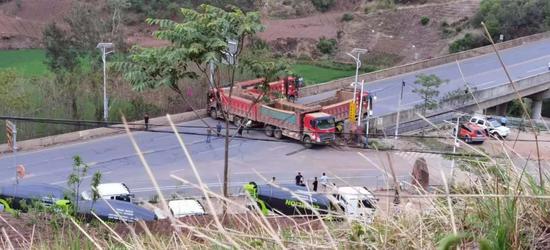
From June 2 to 10, He Guoyong, a truck driver at the Kunming-based Hengzheng sanitation service company, and his peers from other companies were constantly on the move. Under the coordination of the elephant monitoring headquarters, they were driving trucks from site to site to form barriers so that the elephants could not enter the towns or villages. “We’ve been eating and sleeping on our vehicles, but none of us complained,” said He, adding their efforts have helped ward off direct man-elephant conflicts.
Getting close to elephant monitors
“While sleeping, the calf was guarded by three adult elephants. Upon wakeup, the calf found itself stuck in between. It tried to get up several times but failed.” In recent days, drone photos and videos that showed the lovely scenes of elephants sleeping have gone viral on the internet.

Taken by the elephant monitors with Yunnan Forest Fire Department, the pictures are seemingly peaceful, but the giant beasts are actually fierce. During their migration, this means, warnings have to be issues in advance and folks should be evacuated in time, so that the chance of man-elephant encounter could be minimized.
In general, the wild elephant are active at night. On May 27, the herd was roaming near the Eshan county, central Yunnan’s Yuxi city. As darkness fell, the whereabouts of the animals got blurred, and the monitors kicked off thermal imaging mode on the drone. Taking into account local climatic conditions, they adjusted the temperature step by step and the herd appeared on the drone screen within 30 minutes.
The elephant monitors also tried to follow the steps of the herd on rainy and foggy days. When the Asian elephants entered the jurisdiction of Xinzhai village of Hongta district in Yuxi, a rainstorm was going on till night and the monitoring was terminated. “Next morning, we set out at dawn with our UAVs and having used up seven batches of batteries, the herd was finally found in five hours,” said Chen Shengyao, a staff member at the Yunnan fire-fighting department.
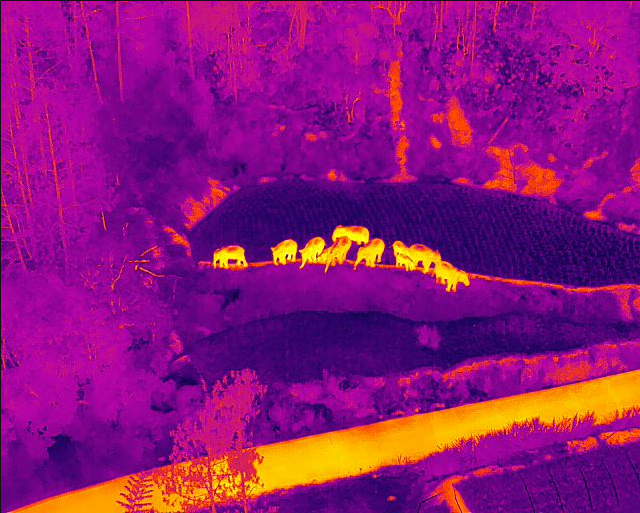
In monitoring the elephants, the workers also came up with other techniques that enabled them to accurately locate the herd in complex geographical conditions. Their monitoring was conducive to judging the herd’s whereabouts and sending warning in advance.
The monitors also faced risks at times. When monitoring the herd at night, they have to be ready to meet the giants a glimpse away. The other day, drone operator Zhang Xiong came across the herd all of a sudden. “The herd was less than ten meters away, and I was thrilled and surprised.” Zhang and his workmate stopped the vehicle and turn off the light at once. They retreated and hid into a villager’s home nearby. “We held our breath till the animals were out of sight.”

Reporting by Hu Lu and Zhao Peiran (Xinhua); Online photos; Trans-editing by Wang Shixue